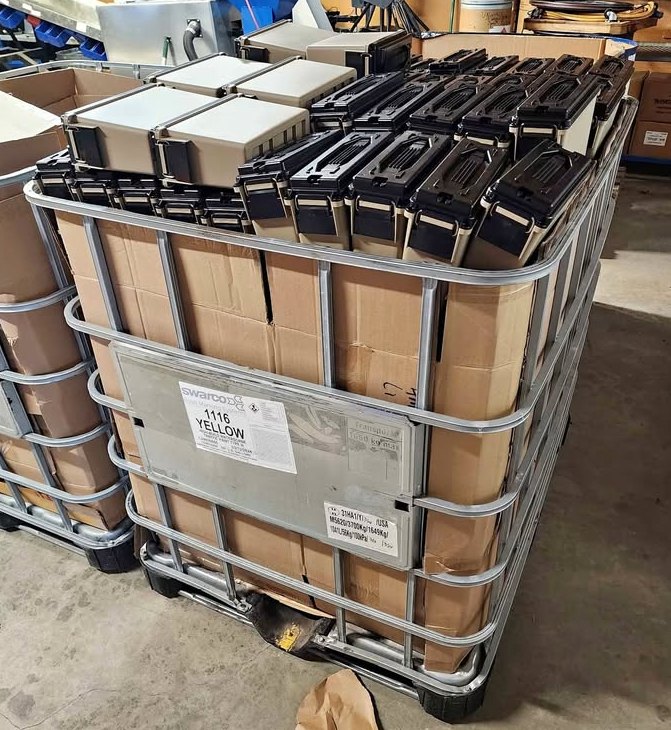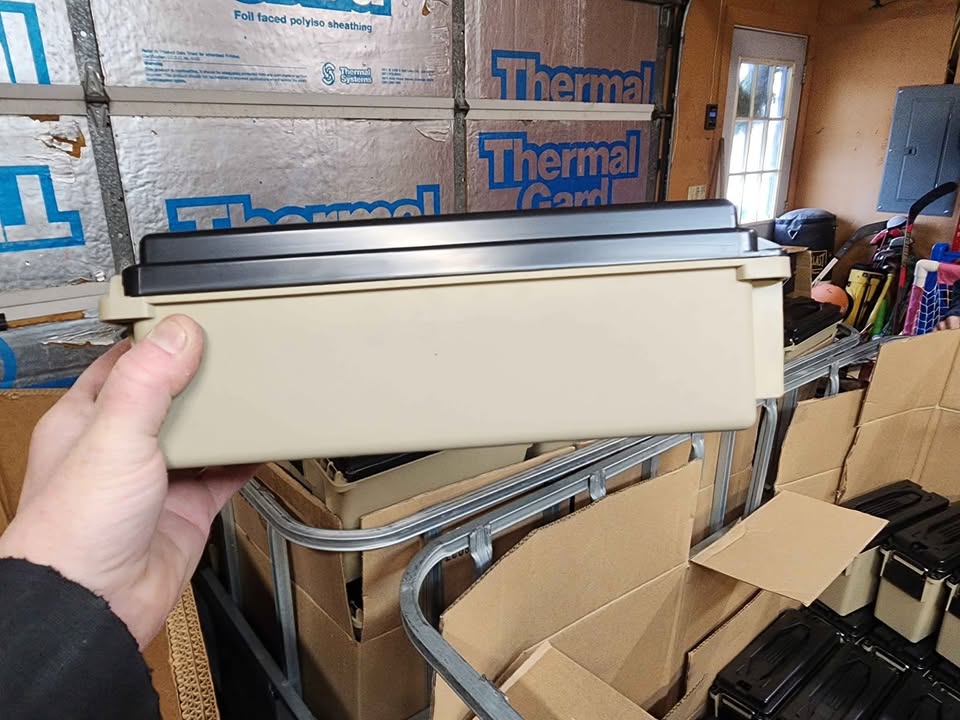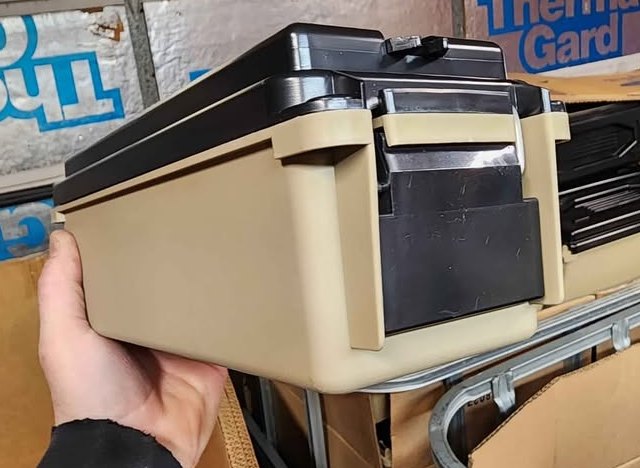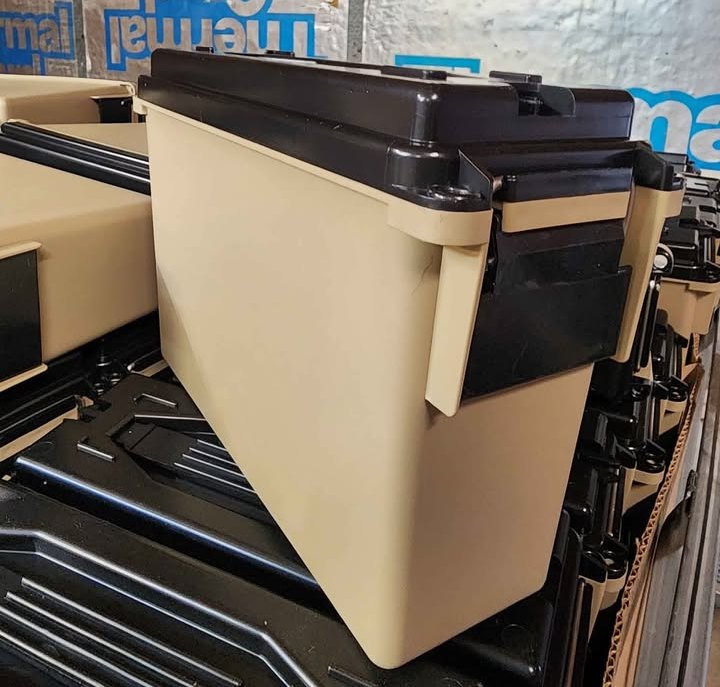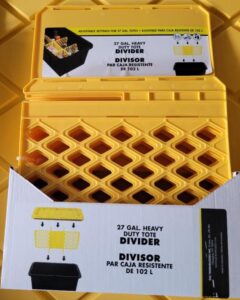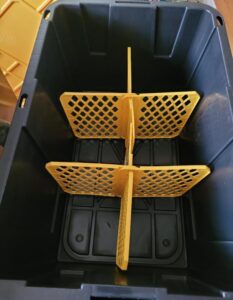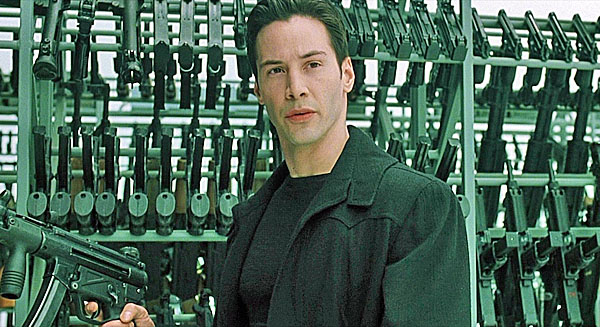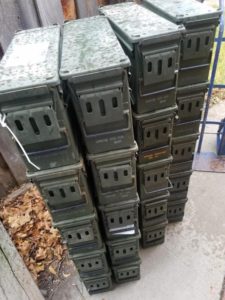When I moved into my current house, back in the 90’s, I finally had some space to step up my preparedness game. Originally, one room in my basement was dedicated to my preparedness stuff. It has, sadly, over time morphed into my entire basement. And, in fact, it has started migrating into some other rooms as well.
So, whats a survivalist supposed to do? Well, time to cleanup and, possibly, throw out a few things. There are some bins that I havent looked inside in over ten years. And there’s some long term food that is dang near close to the end of that term. So…it’s time to clean up the stuff that ‘seemed like a good idea at the time’ and replace it with ‘best that I can afford’ now that my life has finally hit a more grownup phase.
For example, the 20-year-old MRE entrees sitting in boxes on the shelf. Meatloaf With Gravy and some Chili Mac. These were purchased from Major Surplus back in, probably, the late 90’s or the early 2000’s. What this means is that they are at least 20 years old. Sure, MRE’s have a lngthy shelf life, and I know there’s plenty of guys on YouTube eating MRE’s from the Civil War, but why would I continue to store 20-year-old MRE’s when I can easily afford newer and better product. Especially when each additional year I keep those MRE’s I am getting less and less viability than I would with newer production?
Now, having said that, did I try them? Sorta. I tossed both pouches into a pan of hot water and let them heat all the way through. The Chili Mac smelled okay, looked okay, and the texture was…okay. The meatloaf smelled a tad odd but, hey, it’s an MRE…its not gonna smell like it’s supposed to. The texture was rather spongy and the taste was rather bland. A single bite from each one was enough to tell me that there was no really legitimate reason to not replace these with current production items.
But, as this cleanout continues, I’m coming across things that are fifteen, twenty, twenty five years old. A good opportunity to see how time and storage affects things. It’s also an opportunity to observe the evolution of products…for example, I have a couple of old MagLites that still use the Krypton bulbs and eat D-cell batteries like Pac Man. Compare with the newer LED lights that give ten times the battery life and twice the light.
There’s also a good bit of milsurp in there from when I couldnt afford Kifaru but I could afford Kosovo. There’s some Eastern Bloc stuff down there, for sure.
There was a time I was a poor, struggling, underemployed, wildly irresponsible kid who had no money-smarts. As a result, I’d buy whatever was cheapest that met whatever need I felt was being presented. It wasn’t that I didn’t appreciate items of better quality, rather, it was that I was unable to afford items of better quality. Fortunately, that has changed. Before anyone jumps into the comments and starts telling me how some surplus stuff is just as good or better than some modern commercial stuff…yes, you are correct. Some stuff is just awesome. But a lot is simply adequate, heavy, bulky, and difficult to find accessories for.
Ideally, I’m doing this cleanup to free up some space and get rid of some things that, really, have been supplanted by better gear. Save it for backup or for remote locations? Probably not…whatever supplanted is probably in storage here in enough quantity that even the backups would be a better quality.
It would be nice to get this done over the course of a week, but unfortunately ny life has hit the point where it seems like I never have spare time to do the things I want to do. But, on the other hand, it’s that evolution into a time-constrained life that has allowed me the resources to replace twenty year old gear.
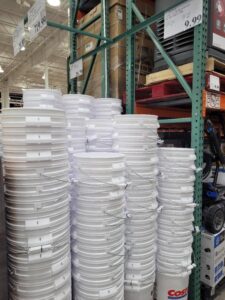
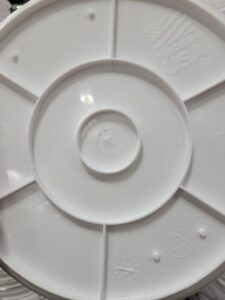
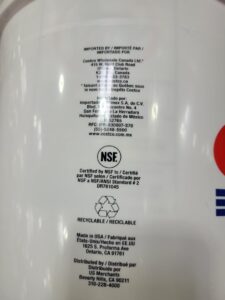 A three-pack of what appear to be food grade buckets. I’ve got plenty of buckets on hand these days so I didnt pick any up, but if youre putting stuff away in bulk and need some buckets…it looks like CostCo has you covered. At least, here in this particular one.
A three-pack of what appear to be food grade buckets. I’ve got plenty of buckets on hand these days so I didnt pick any up, but if youre putting stuff away in bulk and need some buckets…it looks like CostCo has you covered. At least, here in this particular one.
